Apostrophes for contraction – KS1 & KS2 worksheets and ideas
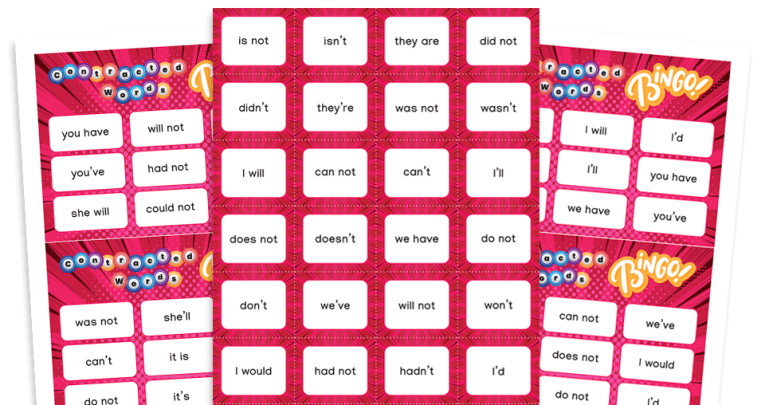
Teach primary children the apostrophe rules for contraction and omission with these ideas, activities, lessons and more…

- by Teachwire
- Classroom expertise and free resources for teachers
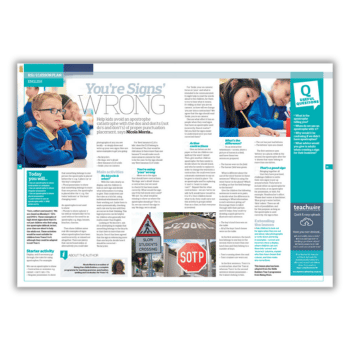
We use apostrophes for contraction all the time, especially in casual situations., yet grown adults still get confused about them every day...
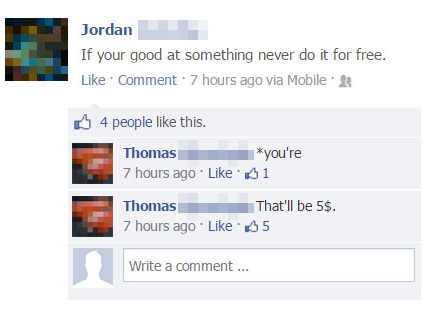
These resources can help your Key Stage 1 and 2 students to use apostrophes for contraction and omission with ease.
What is an apostrophe for contraction?
Apostrophes have two completely different uses:
- Apostrophes for contraction: these show the place of missing letters (eg ‘I’m’ for ‘I am’)
- Apostrophes for possession: these marking possessives (eg Hannah’s mother)
Where do apostrophes for contraction appear on the curriculum?
Pupils in Year 1 need to be able to read words with contractions. They also need to understand that the apostrophe represents omitted letter(s). In Year 2, pupils should be able to use apostrophes for contracted forms.
What is a contracted word?
A contracted word (or contraction) is a short word that you create by putting two words together and dropping one or more of the letters.
You replace these letters with an apostrophe. This shows where the letters would be if you wrote the words in full. We typically use them in informal writing or direct speech.
Apostrophes for contraction examples
- don’t (do not)
- didn’t (did not)
- isn’t (is not)
- mustn’t (must not)
- they’re (they are)
- I’ll (I will)
- I’m (I am)
- we’ll (we will)
- can’t (can not)
- hasn’t (has not)
- couldn’t (could not)
- it’s (it is)
How to teach apostrophes for contraction
KS2 apostrophes for contraction lesson plan
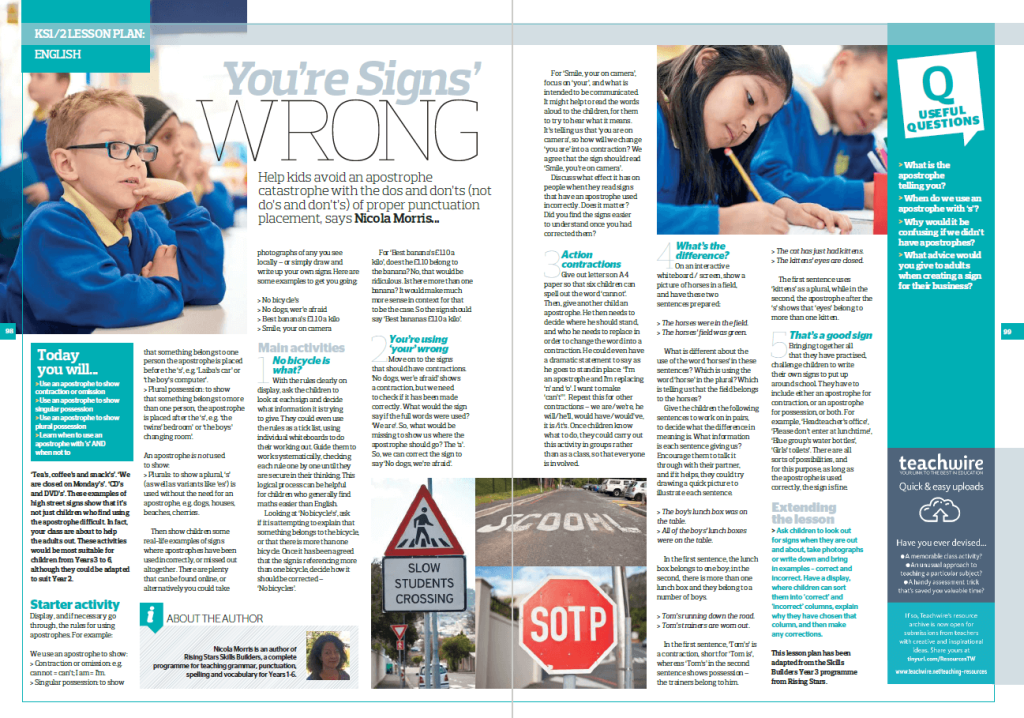
It’s not just children who find using apostrophes difficult. In fact, your class are about to help the adults out. In this apostrophes lesson they will learn how to use an apostrophe to show contraction or omission, as well as using them for singular and plural possession.
These activities are best for KS2 but you could easily adapt them for KS1.
Year 2 apostrophes for contraction worksheets

This three-page worksheet for Year 2 from literacy resources website Plazoom is an excellent way of revising and practising contractions.
You can set the following activities as part of a classroom lesson, for assessment or as a homework task:
- Add apostrophes to create contractions
- Identify the two words making up a contracted word
- Identify three contractions beginning with ‘they’
- Starting with two image prompts, combine two-word pairs into two contractions. Use said words in a written sentence about each picture
- Students identify word pairs inside five different sentences that can be contracted
- Write a short passage in response to an image prompt. The passage must include five contractions that students form themselves out of a list of ten words
Pick-up sticks punctuation game

Write a number of nouns on lolly sticks and place them into one container. Assemble an array of varied adjectives in a separate container. Finally, put a selection of words featuring apostrophes for contraction in the third container.
Participants take turns drawing two nouns, one adjective and one word featuring an apostrophe for contraction from the containers. They then embark on the task of writing a sentence incorporating apostrophes for contraction.
For example, if you pull out the nouns ‘rowing boat’ and ‘chicken’, the adjective ‘angry’ and the word ‘didn’t’, you might compose the sentence: The angry sailor didn’t expect to find a chicken in his rowing boat.
Why not use an AI image generator to illustrate your sentences after you’ve written them, like we’ve done here?
Thank you to Sarah Farrell for this idea. Browse more punctuation games.
Year 2 contracted words bingo
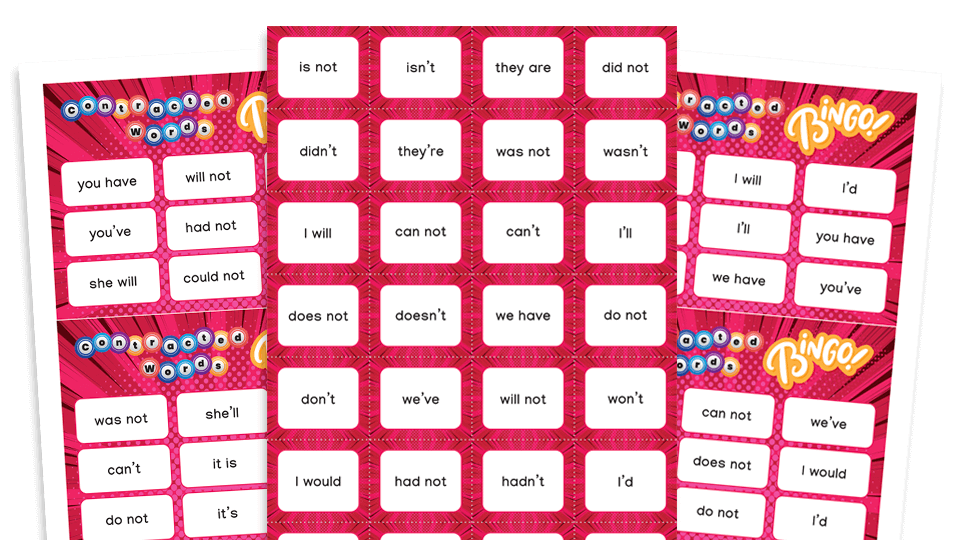
This grammar Bingo game is a fun way to support pupils in Y2 to revisit using an apostrophe for contracted words. Pupils will match contractions to the words written in full and vice versa.
The game can be played as a class or in small groups. It’s perfect for adult-led interventions to revisit key knowledge and skills. This resource pack includes bingo caller cards, 10 bingo cards and teacher’s notes.
Cutting and sticking activity
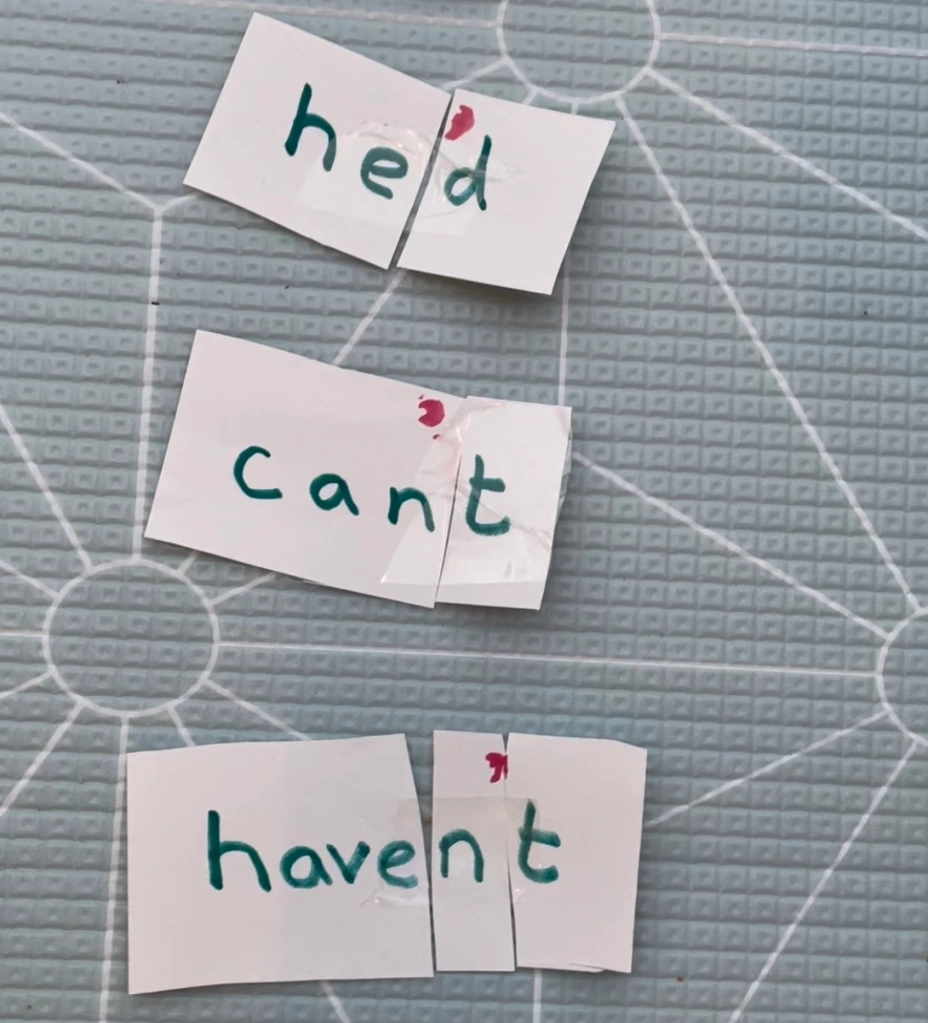
This easy idea comes from the SEN Resources blog. Simply write out a number of pairs of words that you can contract onto strips of paper, such as “he would”, “I will’, “she would”.
Invite children to cut out the letters that aren’t included when using apostrophes for contraction. Stick them together with tape and add in the apostrophe with a different colour pen.
BBC Bitesize video
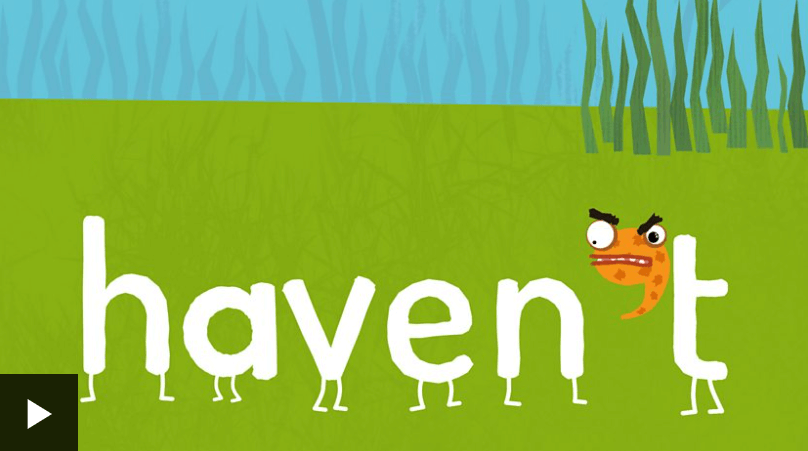
This BBC Bitesize page offers a short video on using apostrophes for contractions, plus a few interactive questions to try to make sure kids have understood the concept.
Contraction snap game
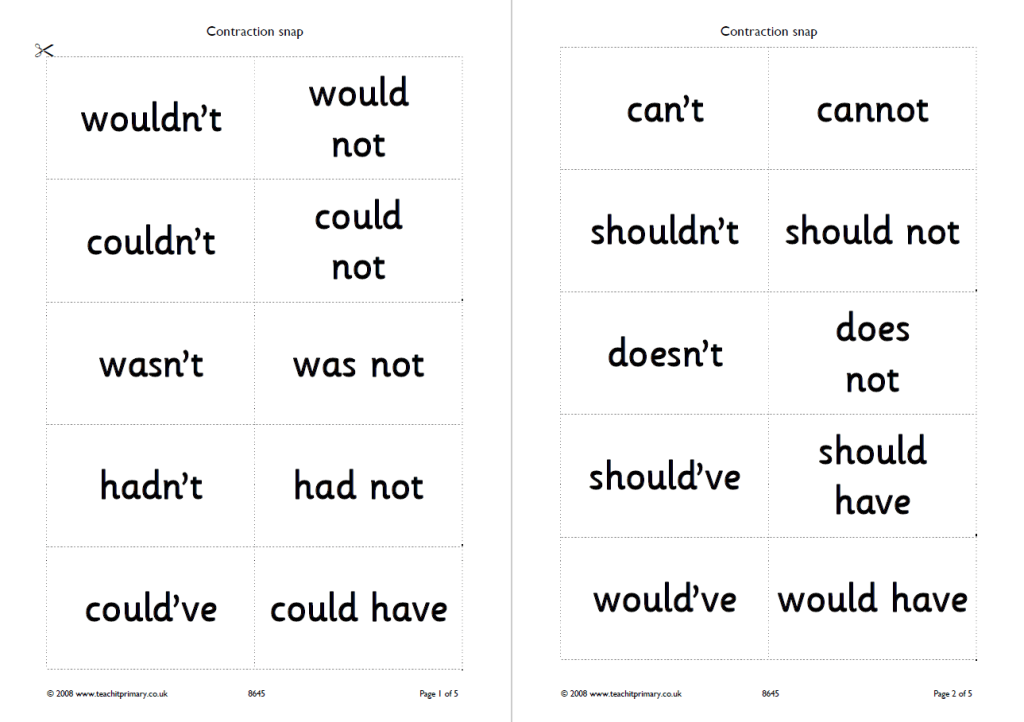
This printable PDF includes snap cards for students to play, where they need to match ‘would not’ with ‘wouldn’t’, etc.
KS2 apostrophe quiz
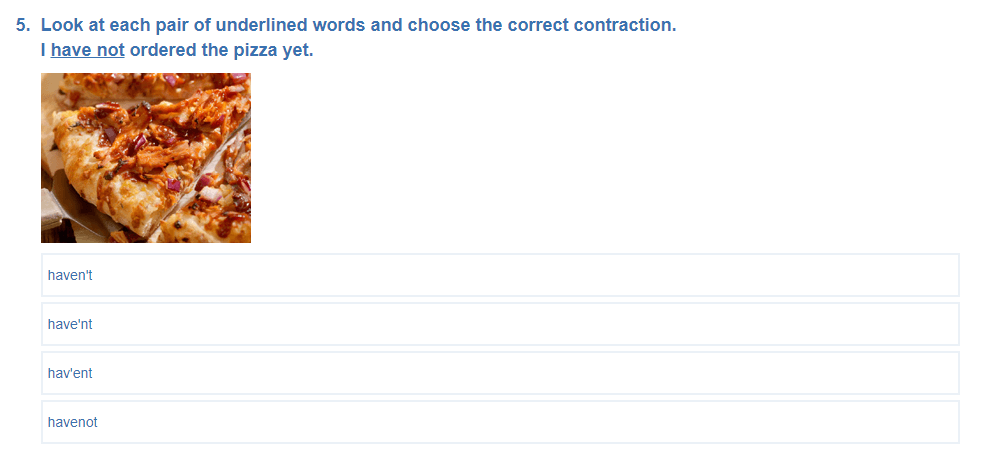
If you’re after another quick means of testing prior knowledge or embedding learning, this interactive apostrophe quiz has ten multiple choice questions. Children need to pick the answer that has the apostrophe placed correctly.
Whack-a-mole

In this simple yet addictive game, moles pop up with different words in speech bubbles above their heads. Your job? Only whack the moles saying words featuring correct apostrophes for contraction.







